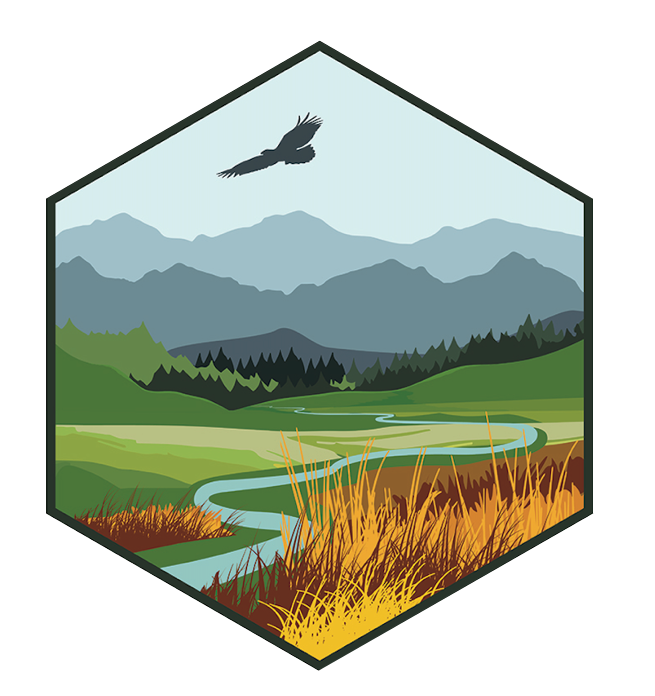When
Risk-informed wildfire planning tools such as Potential Operational Delineations (PODs) and Quantitative Wildfire Risk Assessments (QWRAs) have grown in popularity and are now used locally, nationally, and internationally. Forest and fire managers use these tools to plan where to coordinate during a wildfire incident and support decisions that protect people and ecosystems during a time of increasing wildfire activity. However, because the tools were originally developed for wildfire incidents, the fire behavior modeling and functions that guide them are based on summer conditions when unintentional ignitions are most common. This focus limits their ability to represent spring and fall conditions when managers apply prescribed fire and excludes seasonal patterns that influence resources that people value across the landscape. To address these limitations in the Colorado Front Range, our team has updated the fire behavior modeling to include a broader range of seasonal conditions and is developing a recreation archetype that captures how people use the landscape throughout the year. Together, these updates demonstrate the value of expanding risk-informed wildfire planning to include a wider set of fire scenarios and account for seasonal dynamics.
Great Plains Tribal Water Alliance 2025 Conference Highlights
Earlier this month, Tribal Climate Resilience Liaisons Janna Black and Kynser Bell helped host the Great Plains Tribal Water Alliance Annual 2025 Conference in Deadwood, South Dakota, on the sacred lands of the Black Hills.
Developing an Adaptation Menu for the Sagebrush Biome
Imagine you could be handed a printed menu, but instead of viewing what food or drinks are available, you could read about the various ways to save an ecosystem. Or, imagine that ecosystem “doctors” could have a guide available to them that helps determine what course of action to take; what “treatments” are available for the land.
Decoding the drivers of snow across the Rockies
Gillian Gallagher is a PhD student in the Civil, Environmental and Architectural Engineering (CEAE) department at the University of Colorado Boulder, whose summer research focused on how climate conditions and terrain features shape mountain snowpack.
Decoding the drivers of snow across the Rockies
The first time I encountered Western snowpack was on a hot day in late June. I was hiking up Revolution Peak along a rugged trail hidden in Mt. Baker-Snoqualmie National Forest, Washington. As I neared the top, I was astonished to find deep snow despite the 90°F heat.
New Student Blog - Ryan Erickson
In “A Geographer’s Perspective on the Existence of a Topographic Signature of Life,” CAST student, Ryan Erickson, examines how living systems might leave measurable imprints on Earth’s terrain.
A Geographer’s Perspective on the Existence of a Topographic Signature of Life
Whenever I introduce my research to people, I am often asked “did you say geology or geography?” While it’s true that geographic research can involve the processes leading to the formation, composition and analysis of rocks, I can assure you, the two are distinct fields of study.
Former NC CASC Graduate Research Assistant, Sarah Gonzalez Coffin, starts new role
Former NC CASC Rapid Climate Assessment Program (RCAP) Graduate Research Assistant, Sarah Gonzalez Coffin, was recently appointed to a role with the First Nations Development Institute.
Advancing Climate Adaptation Through Partnership and Innovation
The North Central Climate Adaptation Science Center (NC CASC) helps natural and cultural resource managers prepare for and adapt to the impacts of a changing climate.
Contact Us
Want to see more? Do you have feedback? Was this site helpful? Send us an email!

